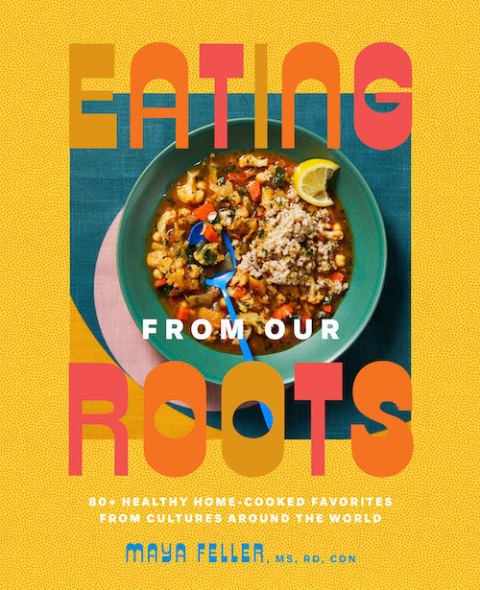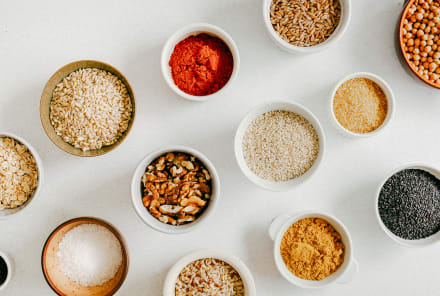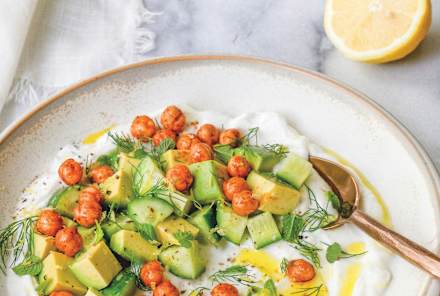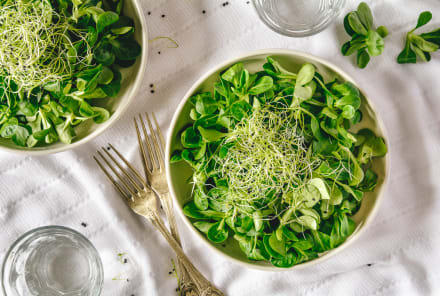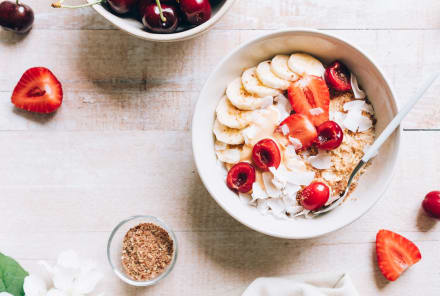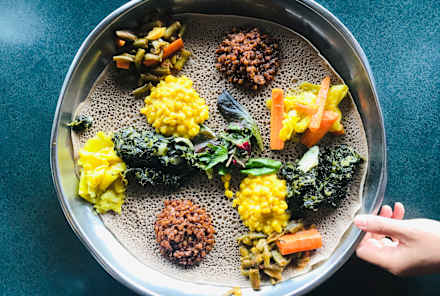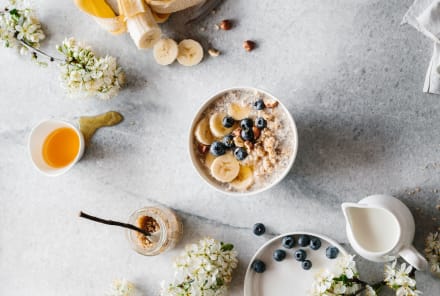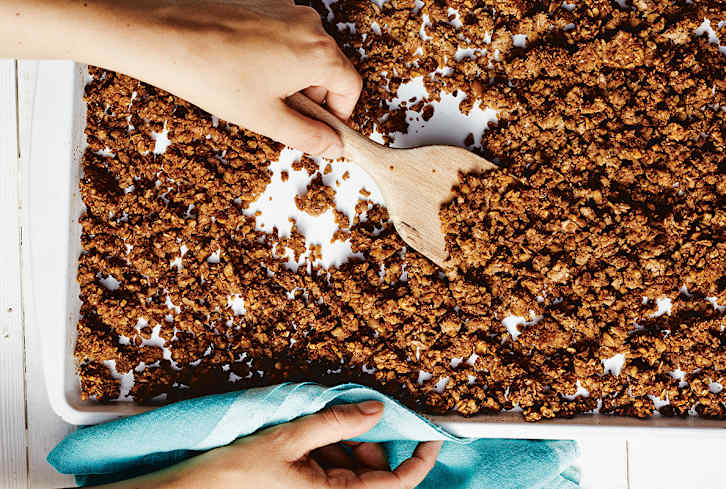Advertisement
This Savory Golden Oatmeal Packs An Anti-Inflammatory Punch

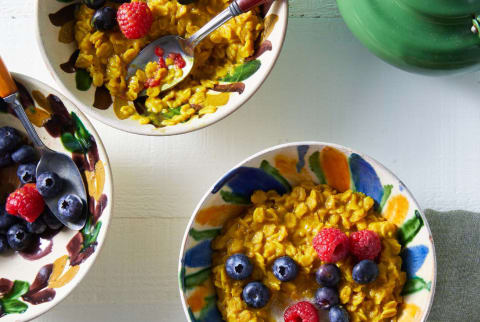
Morning oats are an incredibly nourishing way to start the day, especially when paired with antioxidant-rich turmeric and black pepper. This savory version uses jaggery, an unrefined sugar, as the sweetener, and boasts a beautiful yellow-orange color. If you are short on time, you can batch prepare and reheat it as needed.
Golden Oatmeal
(India)
Serves 2
Ingredients:
- 1 cup plain unsweetened oat milk
- Pinch of kosher salt
- 1 cup rolled oats
- 1 teaspoon jaggery
- 2 teaspoons ground turmeric
- Pinch of freshly ground black pepper
- 2 whole cardamom pods
- 2 tablespoons non-hydrogenated plant-based spread
- ½ cup blueberries, for garnish
- ½ cup raspberries, for garnish
Ingredient Highlight:
Method:
- In a medium pot over high heat, bring 1 cup of water and the oat milk and salt to a boil.
- Once boiling, add the oats, stir, and reduce the heat to medium-low. Add the jaggery, turmeric, black pepper, and cardamom pods.
- Stir and continue simmering for 6 to 8 minutes, until the oats have swelled and are soft and the oatmeal is bright yellow. Add 1 tablespoon of the non-hydrogenated plant-based spread and stir.
- Pour the oatmeal into a bowl and garnish with the berries and remaining tablespoon of non-hydrogenated plant-based spread. Serve immediately. Enjoy!
Historical highlights of India.
The subcontinent of India houses one of the most diverse societies in the world. With a huge multitude of regional and cultural influences, interwoven with caste, religion, and heritage, the complexities of Indian cuisine can be attributed to the incorporation of flavors and culinary techniques from the societies that have shaped India's history.
Central Asian invaders formed several dynasties from the 12th to the 16th century, followed by the Mughal dynasty from the 16th to the 19th century. The British East India Company came to India to trade and stayed in power from 1757 to 1858, and then the British Crown assumed rule as the British Raj from 1858 to 1947. These invaders brought with them new ingredients such as dried fruits and leavened wheat breads as well as preparation techniques such as cooking meat on skewers in the tandoor.
British and other Western powers such as Portugal ventured to India in search of spices and dominance. They brought along potatoes, tomatoes, and chilies, which are now an integral part of Indian cuisine. The food system encourages in-season consumption due to the vast geography and climate.
Influences from neighboring countries have an effect on regional staples. South India shares similarities with China and other nearby Asian countries, focusing on rice, vegetables, and seafood, while northern India's staple grain is wheat, and the eating pattern is reliant on meat and dairy products.
Recipe from EATING FROM OUR ROOTS. Copyright © 2023 by Maya Feller. Photography copyright © 2023 by Christine Han. Published by goop Press/Rodale Books, an imprint of Penguin Random House, LLC. Reprinted with permission.

Why Nutrition Is Key To Changing Your Relationship With Alcohol
Brooke Scheller, DCN, CNS

Why Alcohol Sabotages Your Gut Health & How To Get Back On Track
Brooke Scheller, DCN, CNS

Why Nutrition Is Key To Changing Your Relationship With Alcohol
Brooke Scheller, DCN, CNS

Why Alcohol Sabotages Your Gut Health & How To Get Back On Track
Brooke Scheller, DCN, CNS

Why Nutrition Is Key To Changing Your Relationship With Alcohol
Brooke Scheller, DCN, CNS

Why Alcohol Sabotages Your Gut Health & How To Get Back On Track
Brooke Scheller, DCN, CNS

Why Nutrition Is Key To Changing Your Relationship With Alcohol
Brooke Scheller, DCN, CNS

Why Alcohol Sabotages Your Gut Health & How To Get Back On Track
Brooke Scheller, DCN, CNS
